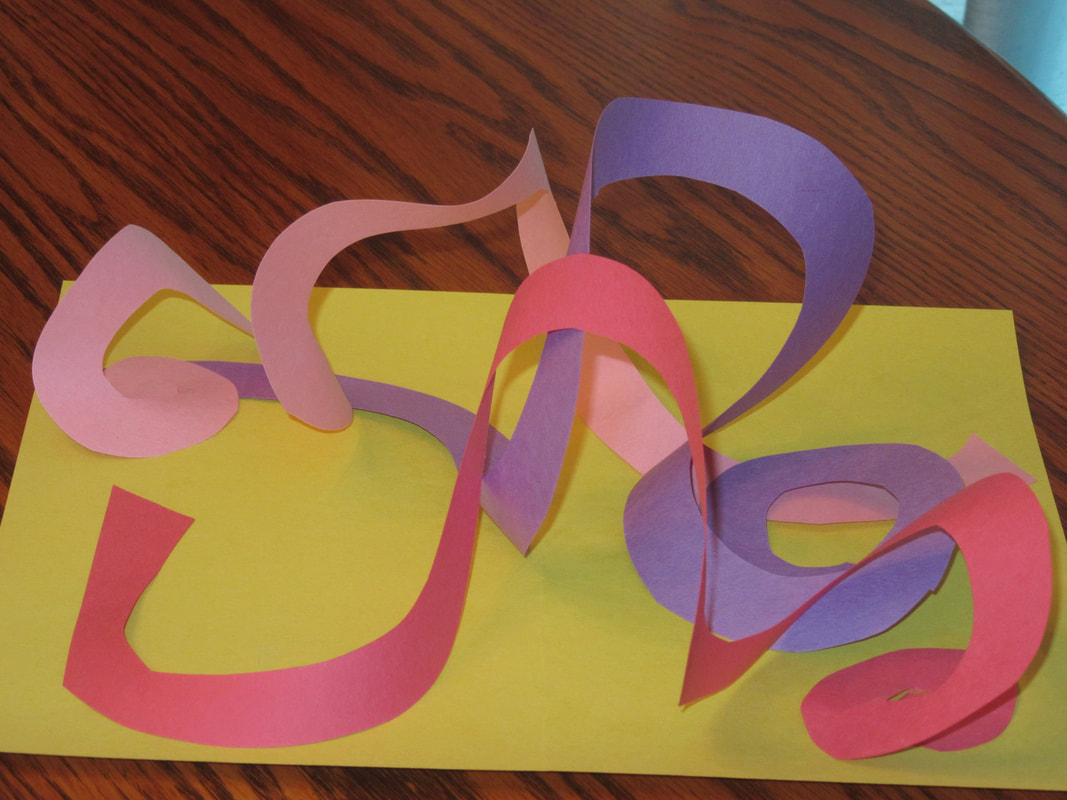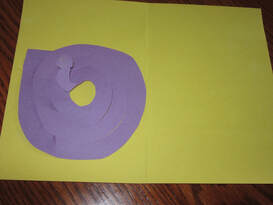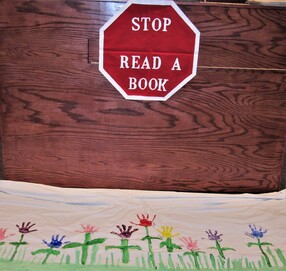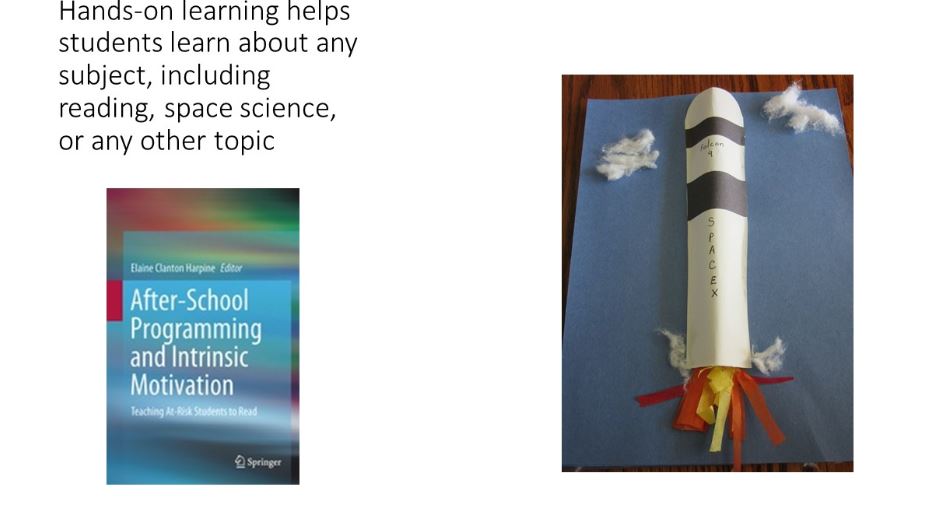
First, Make a book

- A simple spiral pop-up is an excellent way to help a child learn to express their feelings. The spiral pop-up is so easy even a five-year-old can make one. You simply cut a spiral.
- Use a glue stick, not liquid glue. Glue just the ends.
Put glue underneath the center of the spiral, gluing it to one side of the page—just the center. Spiral should still lift up.

Open and close. Your book should open to show spiral and then close flat. If there is a problem, readjust the spiral.
Second, Write a Story
One rule that I have with pop-ups is that every pop-up must have a story, even if that story is only three sentences long. Reading a story is often a good way to encourage children to write. The pop-up makes it fun. Have your child write a story about their feelings, problems, or fears. For very young children, you may also write down a story that the child tells. If your child is reluctant to write a story, start a story and then have them finish the story. Teens should also write stories about their feelings or problems. If teens feel that the single pop-up is too simple, challenge them to make the pop up at the top of the page. It is simply three spirals put together. Not as hard as it looks.
Always edit and correct grammatical and spelling problems.
Glue the story on the back of the pop-up. Write the title of the story and author’s name on the front cover. Children may also decorate the front cover, but do not use liquid glue. Only use glue sticks with pop-ups. Liquid glue soaks through the paper.
Reading a story out loud is the best way to improve reading fluency. Have the child practice reading the story to you. You may even videotape your child reading their story and share the video with family and friends. Ask for the child’s permission first.
You have turned a simple story into an entire lesson. You have taught reading, writing, possibly spelling, and reading fluency. You have also spent time talking about feelings and problems.
In this time of uncertainty and tragedy, we must all try to do what we can to help others. Perhaps a simple story can show us the way to equality, justice, and a better way of life. One suggestion that I have this summer is to help your children and teens look for stories or books that illustrate how to live a better life, how to treat others fairly, how to help those in need, how to speak kindly, how to be considerate of others feelings, how to turn away from hatred and anger, how to work for peace. Superheroes are fine – up to a point, but I’d like to challenge children, teenagers, and adults to look for reading material that will help you change your life and also help you change the life of those around you. We must not just think about ourselves; we must always think of the needs of others as well.





 RSS Feed
RSS Feed
